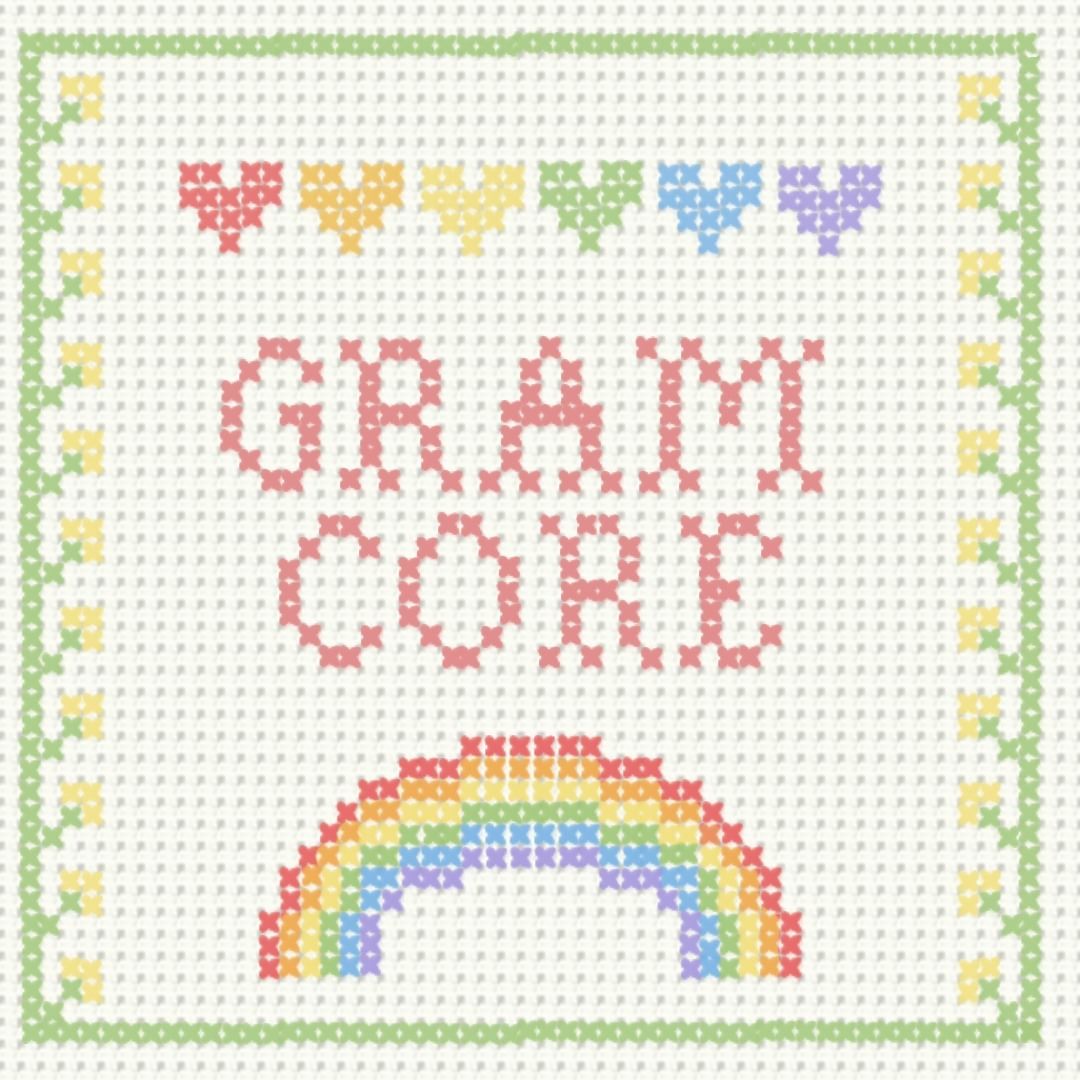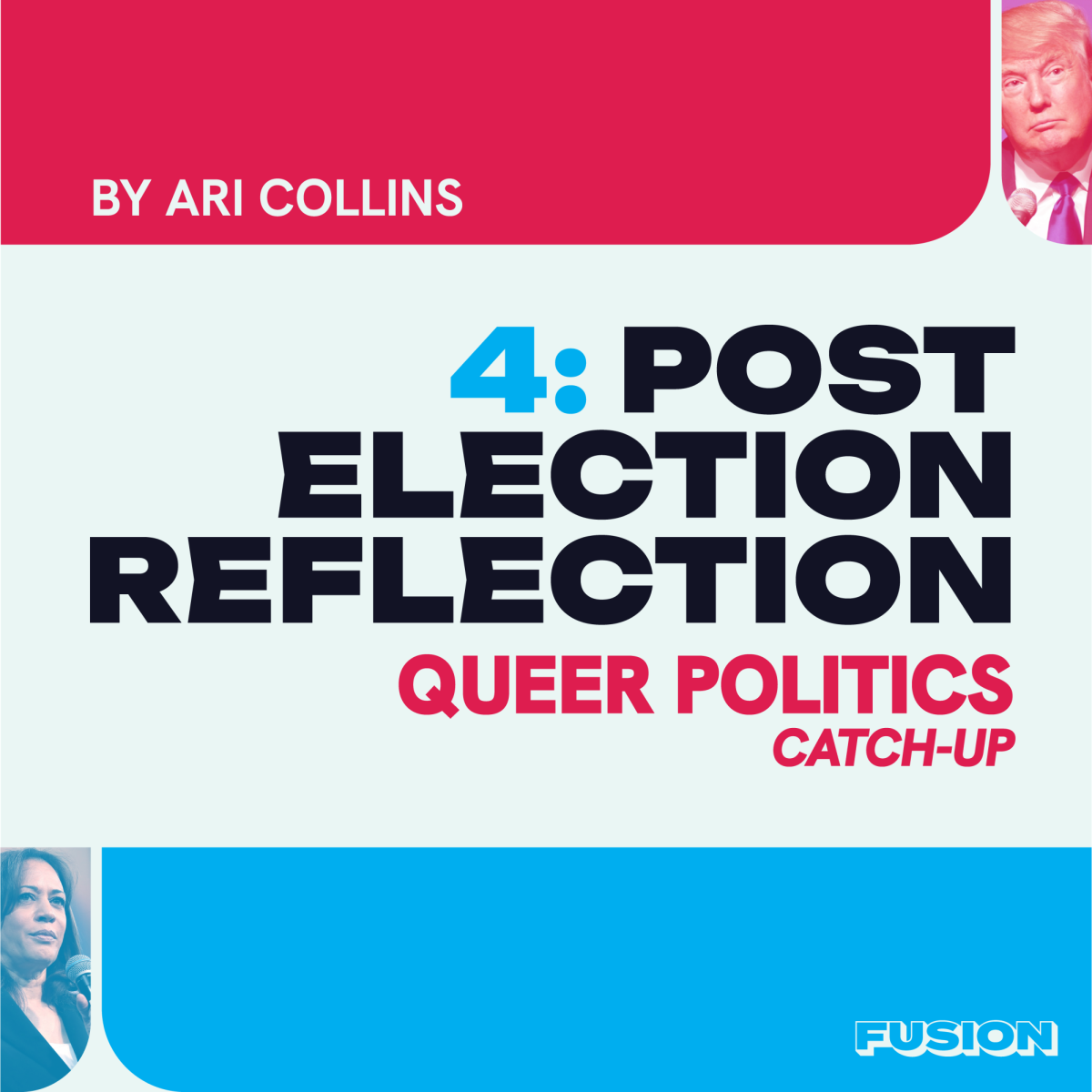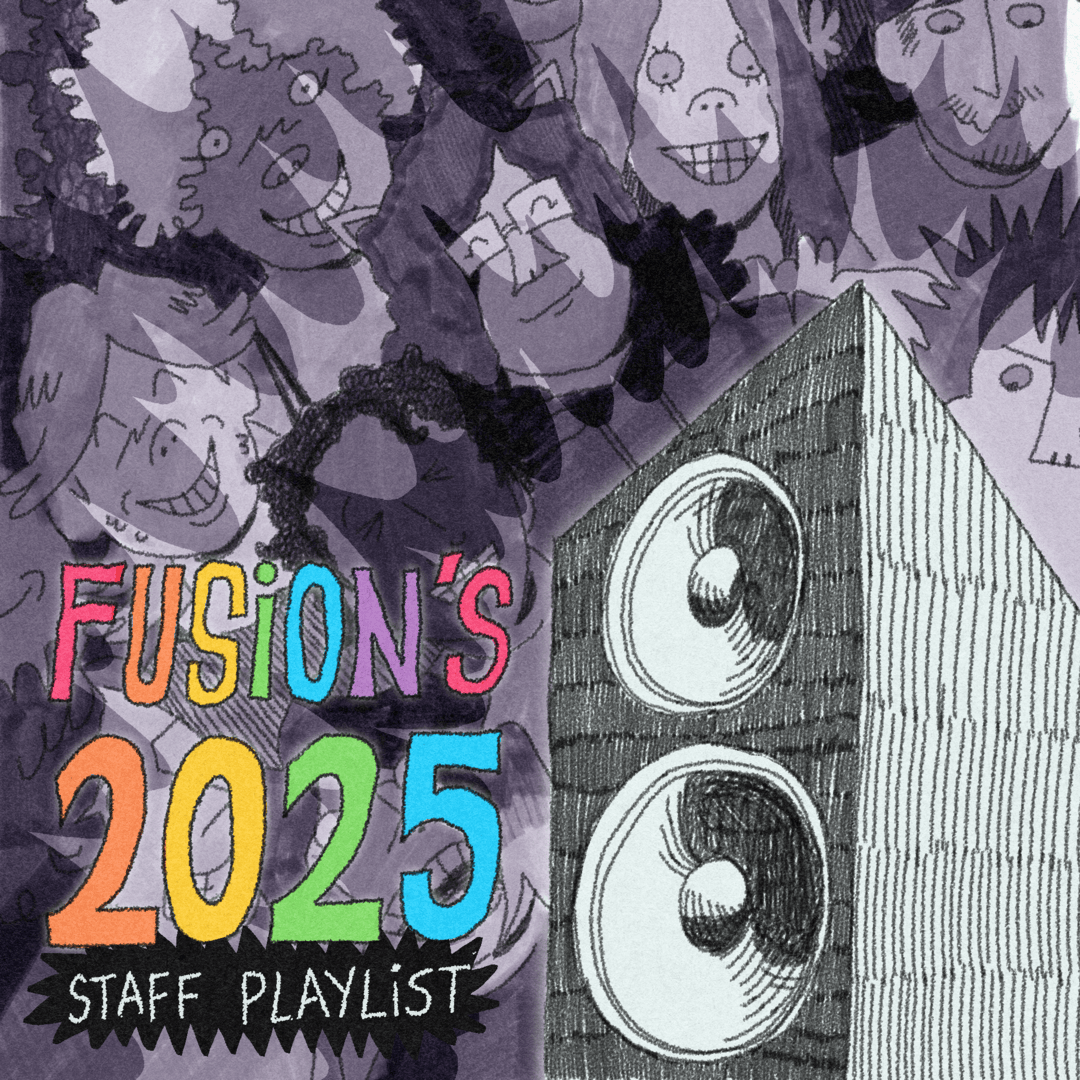
Scenario No.1 (a common occurrence in today’s culture):
A group of friends are at a bar, and after several shots, lustful hormones and alcohol mix just enough to loosen the girls to the point where they are making out with each other. Some, such as straight celebrity Katy Perry in her hit song “I Kissed a Girl,” would say it’s simply curiosity. Others argue that it’s the desperate need for attention. (Not to mention the dress code for the bars these days require a minimal amount of clothing.)
Leading to scenario No. 2, which also transpires frequently these days: A group of horny frat guys yell “MAKE OUT” to a lesbian couple holding hands and walking down the street. “You’re only gay because you haven’t had me yet!” The couple wants nothing to do with this, and ignores them. Because of behavior in scenario No. 1, some have the impression that lesbians are here to turn men on, and men see it as something they can get involved in. This fantasy doesn’t usually involve what is sometimes known as butch lesbians. It’s always the women that meet our popular, cultural ideas of beauty. Men get turned on by this, and some straight women notice that and want the same kind of attention, so they go to extreme measures to get it.
Although it may be pleasurable for some people to watch, it can be very rude to certain people. “I think what is offensive about two girls making out just to get attention is that they have the status in our culture to participate in girl-on-girl behaviors,” said Laurie M. Wagner, a human sexuality professor at Kent State University. “But because they aren’t actually real [lesbians], they weren’t called a ‘dyke’ growing up. They don’t have to worry that their mom and dad are going to kick them out and never talk to them again. There is so much pain, torture and unfairness that comes with being lesbian or gay or however you define it, that I think it is just a little disrespectful to take it so lightly—to be able to experience it without all of the negative connotation. For me it is an issue of fairness.”
Although it may not be the easiest concept to understand or even accept, sexual orientation has evolved. The binary system of “gay or straight” has faded into a melting pot of ideas and definitions that help distinguish the diversity and individuality expressed in our culture. Lesbian, Gay, Bisexual, Transgendered, Queer, Questioning, Intersex, and Allied people (LGBTQIA), are terms that can specifically label a person’s gender and sexual orientation.
“When I was in school, which wasn’t that long ago, it was GLBT,” Wagner said. “And now it is LGBTQIA, and that is amazing. Everyone can identify in those very distinct and different ways. I think our culture has become more open with the idea of bisexuality. Because, gosh, 20 years ago, even in gay culture, if you were bisexual, you were just posing. You were trying to be straight when it was convenient to you. Even now within the gay community, it is far more acceptable to view folks as just bisexual rather than trendsetters, or whatever other derogatory things they can say.”
According to a 2005 national survey posted on the Kinsey Institute Web site, from vital and health statistics, 90 percent of men between the ages of 18 and 44 considered themselves to be heterosexual, 2.3 percent as homosexual, 1.8 percent as bisexual and 3.9 percent as “something else.” Among women aged 18-44 in the same survey, 90 percent identified themselves as heterosexual, 1.3 percent homosexual, 2.8 percent bisexual and 3.8 percent as “something else.”
While many link within the spectrum of LGBTQAI and straight, younger generations are beginning to stray from the need to define their sexuality. “We are mixing ourselves,” said Jessica Rokosky, a senior history and women’s studies major, and sexualities minor at a university in Ohio. “Our culture is merging.” Rokosky said she prefers the terminology “open,” among others who share the same mindset. “I don’t like labels,” she said.
Rokosky has played on the college Rugby team since her freshman year. Her team is very close and affectionate with each other, many whom are attracted to one another. Some have been able to explore sexual behaviors within the team, and discover feelings they have never felt before.
Rokosky said she witnessed people who didn’t know they were gay until they were exposed to the culture. “I know a girl who came to college as a complete ‘homophobe,’ and then she joined the rugby team,” said Rokosky. “She came from a small town and used to judge gays. Then she got drunk one night and slept with a woman. The next day she tried sleeping with a man, got up in the middle and then walked out.” Rokosky said the girl realized she has much more intense feelings for women.
Maybe a little experimentation is necessary before finding your true inner sexual desires. As there are people who engage in same sex experimentation for their own validation, some believe that others do it for the wrong reason, giving the concept of bisexuality an underlying stigma that lures within society.
“People who think experimentation is ‘just a phase,’ are a little bit dangerous for people who are actually GLBTQ,” Wagner said. “Because if their family or friends are uneducated, they think, ‘Oh, it’s just a phase,’ which is something I find problematic.” Wagner said she agrees that the mere act of experimentation is a phase, and we have the opportunity to choose our behaviors, but we don’t get to choose our feelings. “We are attracted who we are attracted to,” Wagner said. “I don’t believe we get to pick who we fall in love with.”



































